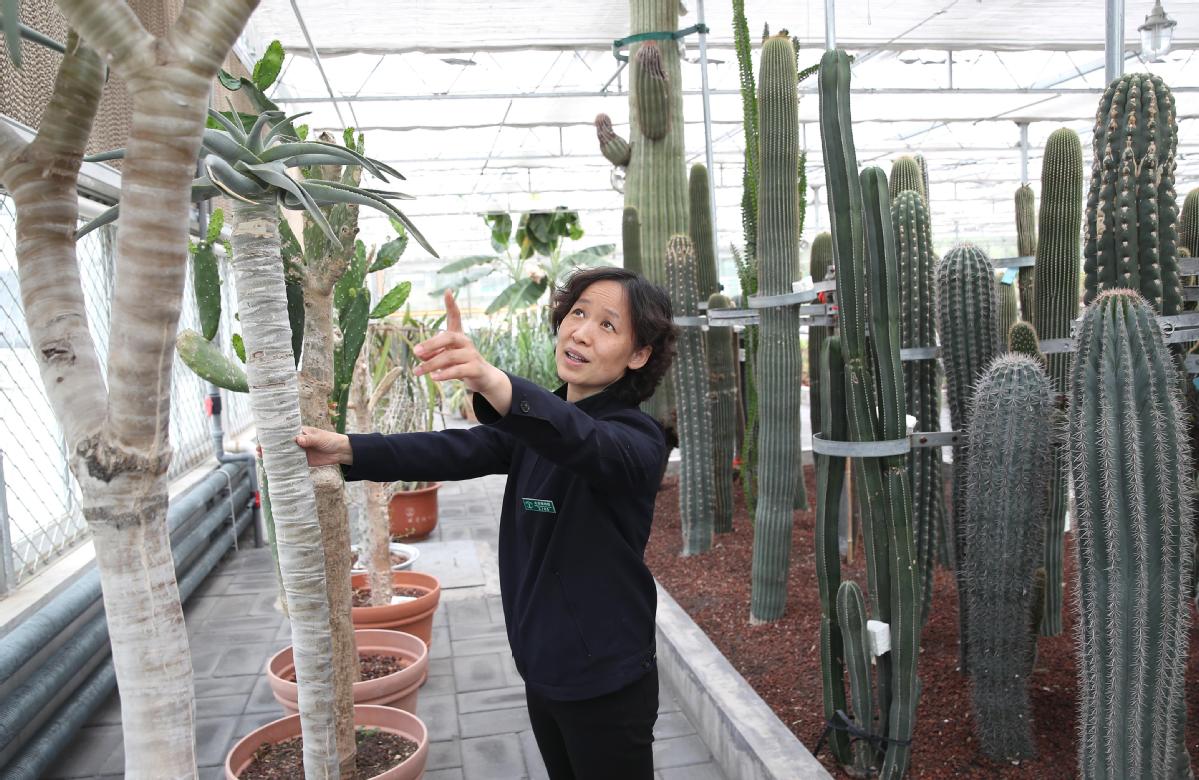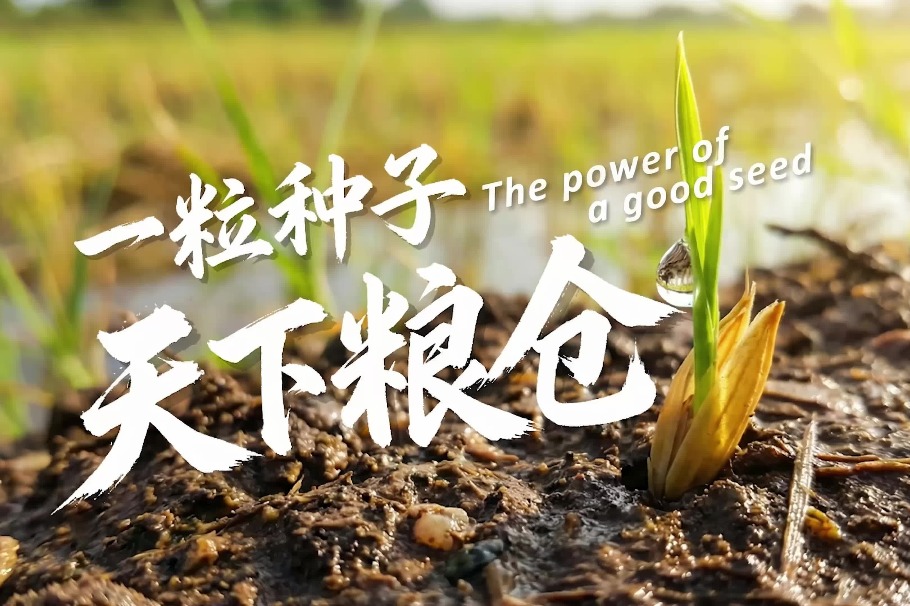Plugging the green deficit


Small pots with succulent plants have become a craze for Chinese but horticulture sector is facing a manpower shortage
Cheng Yajing is a gardener with "magical power" to make plants grow faster in a greenhouse at the Beijing Botanical Garden, also a playground of succulent plants such as cactus, vines and potted juicy leaves.
"I've just finished trimming and fertilizing them," says Cheng, as she walks through the greenhouse covering a total area of 1,000 square meters and spells out names of various plants.
Lophophora cristata, a distinguished mutant plant with a history of more than 100 years, with hundreds of colorful hybrids, is a blast from the past, she says.
Cheng, 43, decided to conduct research on succulent plants and cultivation after she graduated from the Beijing University of Agriculture in 1998.
But she set herself the goal of becoming a professional gardener much earlier-when she was in high school.
Cheng was one of the first batch of people who started to explore the splendor of succulent plants, but she didn't expect the small pots would become a craze for millions of Chinese.
It was not until 2011 that the succulents industry in China started to boom, aided by cyber publicity.
A long-distance athlete since primary high school, Cheng has always been dedicated to things she loves, such as replacing soils and pruning messy branches in the garden. And despite being allergic to pollen, she did not give up on this career.
As leaves from the succulent plants fall, Cheng carefully collects them and grows them again in relatively good soil.
She has also traveled to the botanical gardens in South Africa several times to learn how to better take care of the plants. Over the years, she has brought back more than 1, 000 species of different succulent plants.
























